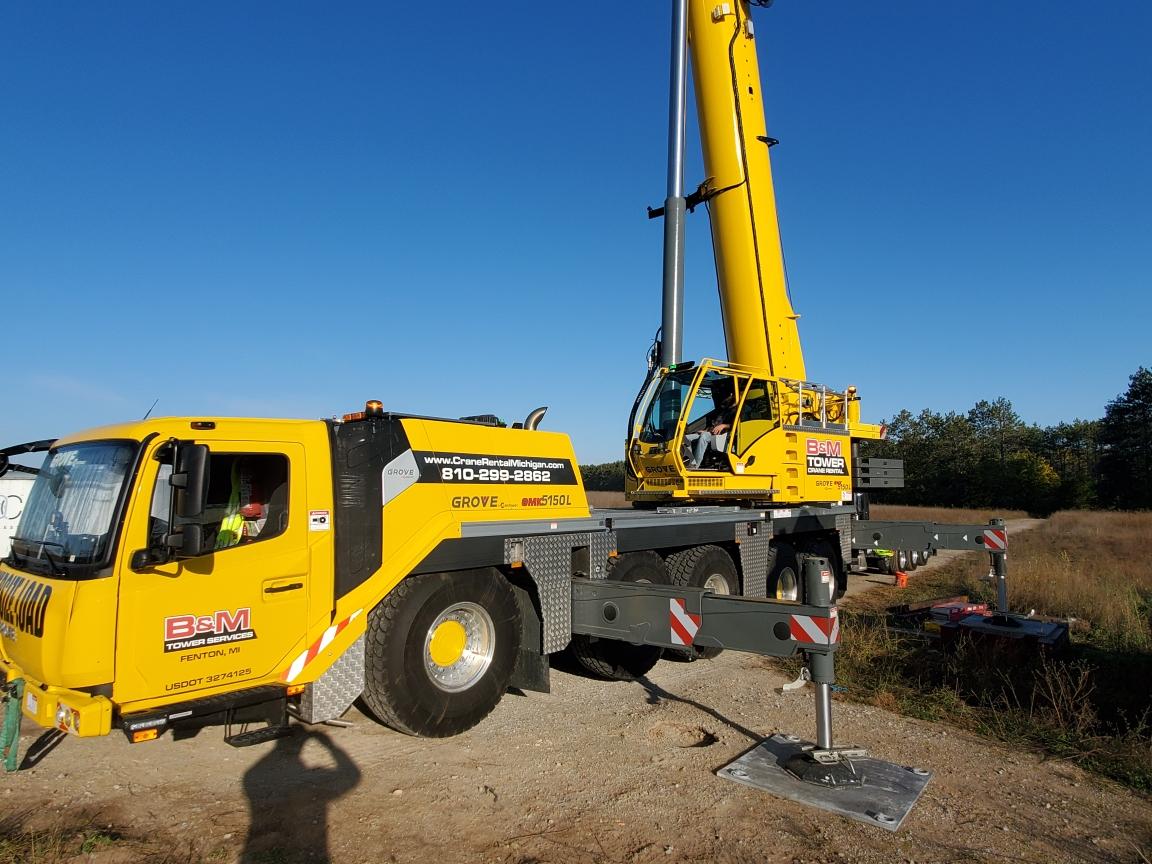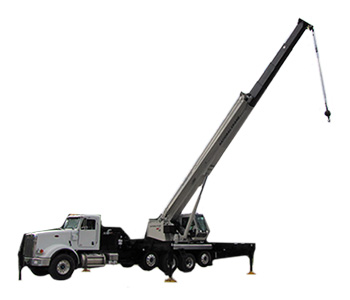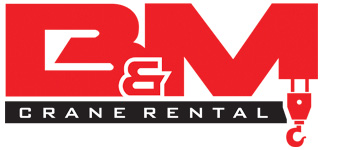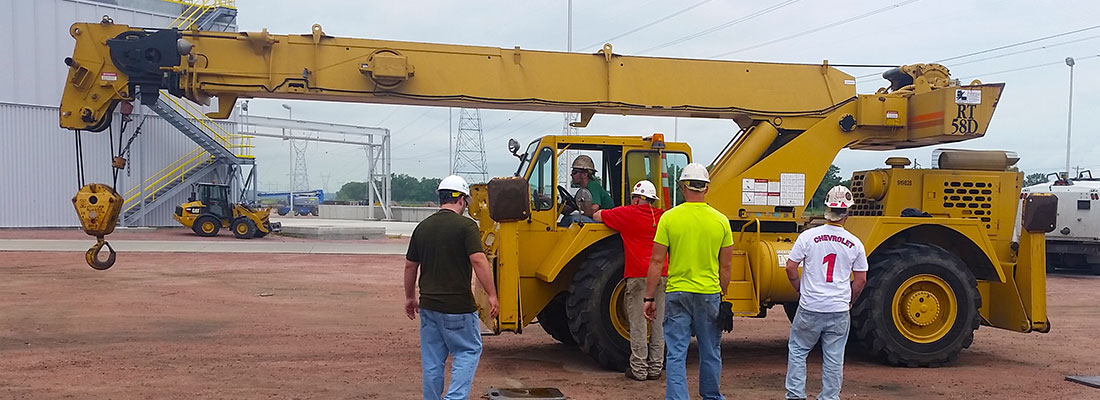Boom trucks are, without a doubt, one of the big players in the crane industry. As a category, these are some of the most versatile cranes around, which makes them excellent choices for many situations. But what types of boom trucks are available?

Read on to find out about the different types of boom trucks and how you can use each one.
What are boom trucks?
Boom trucks are a popular type of mobile crane. This means that they can be driven on the public road by someone who has a CDL license. As with other types of cranes, they should only be used by trained and licensed operators to make sure they are handled safely.
These specific types of mobile cranes essentially consist of a hydraulic crane that is mounted on a flatbed truck. In most cases, these trucks have a telescopic boom. Plus, boom trucks have cabins where the controls are located.
Two major types of boom trucks
In general, there are two main types of boom trucks. These are fixed cab and swing cab vehicles. The difference lies in the positioning and mobility of their cabins. As a result, each will only be suitable only for specific lifts.
Fixed cab
First, let’s look at fixed cabin boom trucks. In this case, the vehicle only has one cab, which is the driver’s cab. All the boom controls will be situated here, so this is where the operator will work during the lift.
So a fixed cab boom truck looks like a standard truck with a boom on the back. Thanks to this, these vehicles are often a bit shorter and more compact than ones with swing cabs. The smaller size can improve overall maneuverability.
But the structure also has its downsides.
Usually, because the cabin is static, you will be restricted in the types of lifts you can perform. This can be problematic for lifts where better visibility is critical – for example, in a case where there are many existing structures on the job site.
Swing cab
In contrast to this, swing cabin boom trucks are much more flexible. Some companies might also refer to them as having swing seats because these trucks have a separate operator’s cab that is mounted on the flatbed. It is attached to and will move and rotate with the boom.
Therefore, the crane will have a more extensive range of motion, so it should be able to handle a wider variety of lifts. The operator’s field of vision is also greatly improved in this type of truck, which makes it better for intricate and delicate jobs. That’s why construction companies often favor it.
The National NBT45 is a great example of a boom truck with a swing cabin.

Other types of boom trucks
Although the categories mentioned above are the two main ways people differentiate boom trucks, they are not the only ways. We can also distinguish these vehicles by their attachments and, therefore, by what they can be used for.
Boom truck cranes
These are the most common types of boom trucks. And they’re also known simply as boom cranes. Usually, they have a telescopic arm and will work like a typical crane to lift and move heavy loads. But they come with all the benefits of being mobile.
The arm consists of two primary structures, which are the main boom and the jib. Generally, the operator will equip a boom crane with a hook and a sling at the tip. However, there are other accessories available.
On average, boom cranes can handle loads between 10 and 60 tonnes. It all depends on the lifting capacity of the specific model.
Bucket truck
Boom cranes are excellent at lifting all kinds of loads, but not at lifting people. If you need to elevate personnel, you should be looking at a bucket truck instead. These cranes come with a platform on which people can stand and work while keeping their tools nearby.
Some boom trucks are made especially for this. In other cases, the rental company can add an accessory to the vehicle’s arm.
For the safety of the workers, the bucket should have a railing or wall. Bucket trucks built out of fiberglass or similar non-conducting material are also available – forming another safety measure.
Telecommunications companies or municipalities commonly hire these types of boom trucks to work on telephone poles and other elevated infrastructure. But they also come in handy in the construction industry.
Finding the perfect fit
The more you learn about the different types of boom trucks, the better you will be at choosing the ideal vehicle for your specific lift and job site. But, there are many more aspects to consider, such as the specifications and features of each unique boom truck model. Above all, it’s crucial that you choose a rental company that can provide you with quality equipment as well as well trained operators.


